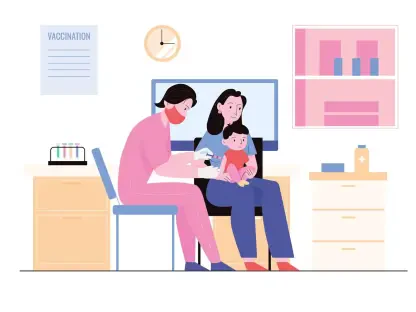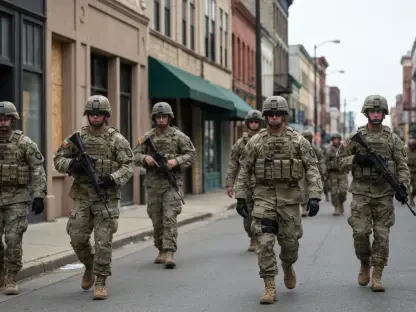In a striking display of cross-party collaboration, a significant legislative effort is underway in the U.S. House of Representatives to challenge executive actions that have stripped union rights from a vast segment of the federal workforce, affecting over 1 million employees. This movement, centered on a pivotal piece of legislation, seeks to reverse measures that have sparked widespread concern among lawmakers, labor advocates, and legal experts alike. With recent executive orders curtailing collective bargaining rights under the guise of national security, the stakes are high. The urgency of the situation has galvanized a rare coalition across the political spectrum, shining a light on the fundamental importance of workplace protections for those who serve the public. As this issue unfolds, it reveals not only a battle over labor rights but also a deeper debate about the balance of power and accountability within the government.
Legislative Efforts and Political Dynamics
Uniting Across Party Lines for Federal Workers
The Protect America’s Workforce Act, known as H.R. 2550, stands at the heart of a determined push to nullify executive orders that have barred collective bargaining at numerous federal agencies. Introduced by Representatives Jared Golden from Maine and Brian Fitzpatrick from Pennsylvania, this bill has drawn remarkable bipartisan support, reflecting a shared belief that union rights are vital for maintaining an effective federal workforce. The legislation aims to restore protections to over 1 million employees, reversing restrictions that were imposed on agencies ranging from NASA to federal weather services. A significant milestone was achieved when a discharge petition, requiring 218 signatures to force a House vote, was completed with backing from Republican Representatives Mike Lawler and Nick LaLota of New York. This cross-party effort underscores a growing consensus that undermining union rights could jeopardize employee morale and government accountability, prompting lawmakers to act swiftly in defense of these essential protections.
Navigating Political Challenges and Strategic Moves
While the bipartisan support for H.R. 2550 signals a unified front, underlying political tensions have occasionally complicated the process. Reports indicate that strategic delays in securing signatures for the discharge petition were influenced by partisan considerations, with House Minority Leader Hakeem Jeffries allegedly holding back a Democratic vote to shape the narrative around key endorsements. Despite such maneuvers, Representative Lawler emerged as the decisive 218th signatory, emphasizing in public statements the importance of supporting federal workers while ensuring good governance. This episode highlights the complex interplay of politics and policy, where credit and timing can become points of contention even amidst broad agreement. Union leaders, including Everett Kelley of the American Federation of Government Employees, have lauded the effort as a defense of an independent civil service, reinforcing the notion that collective bargaining is not merely a labor issue but a cornerstone of democratic principles within public service.
Broader Implications and Future Outlook
Legal Uncertainties and the Need for Permanent Solutions
The executive orders targeting federal union rights have faced significant legal scrutiny, creating a fragmented landscape of outcomes that further underscores the necessity of legislative intervention. Initial court rulings offered temporary relief to unions by blocking some restrictions, yet subsequent appellate stays have left agencies in a state of uncertainty, with only a few, such as the U.S. Agency for Global Media, regaining bargaining rights recently. This patchwork of judicial decisions has amplified calls for a permanent solution through H.R. 2550, as reliance on court outcomes alone proves insufficient to protect federal workers consistently. The legal battles highlight a critical gap in policy that Congress is now poised to address, ensuring that protections are not subject to the whims of judicial interpretation or executive overreach. As these challenges persist, the push for a legislative fix becomes ever more urgent to safeguard the rights of those who underpin essential government functions.
Reinforcing Democratic Values Through Labor Rights
Beyond the immediate legal and legislative dimensions, the movement to restore federal union rights carries profound implications for the integrity of public service and democratic governance. The bipartisan consensus reflects a recognition that allowing federal employees to unionize fosters a workplace environment where accountability and efficiency can thrive. This perspective, echoed by lawmakers and labor advocates alike, positions collective bargaining as a mechanism to uphold an apolitical civil service, free from undue political influence. The successful discharge petition marked a pivotal moment in bringing the issue to a House vote, setting the stage for the potential restoration of rights that were curtailed. Looking back, this effort stood as a testament to the power of cross-party collaboration, demonstrating that even in a polarized climate, shared values could prevail. As the process moved forward, attention turned to ensuring that such protections would be sustained, with ongoing vigilance required to prevent future erosions of these fundamental workplace rights.









